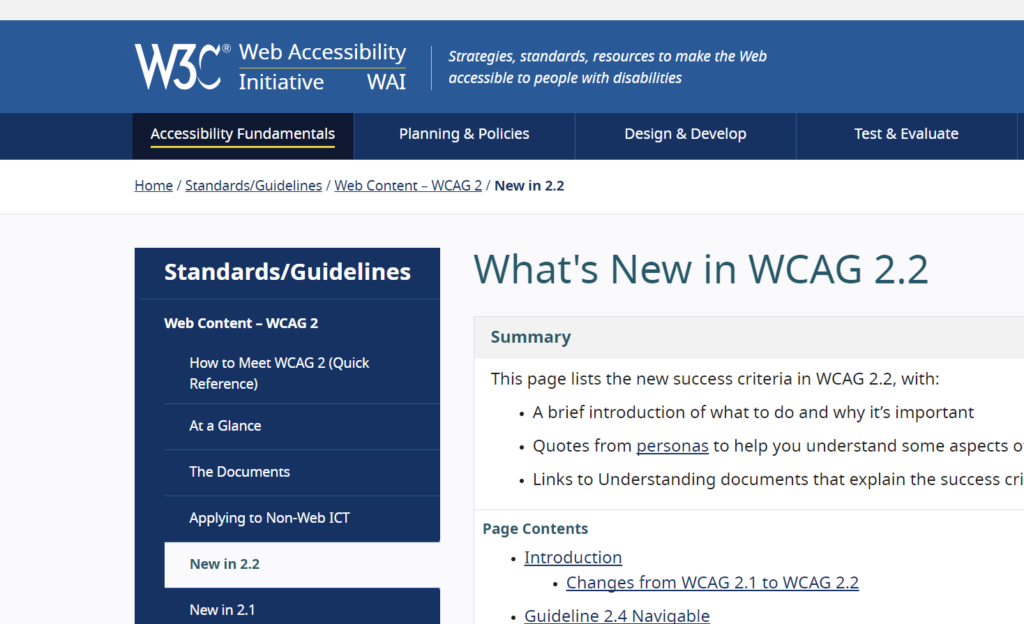Don't Wait Until You're a Statistic
If you want to keep your law firm out of harm’s way, the best solution is to overhaul your website to meet WCAG 2.2 standards. AAA compliance isn’t just the gold standard—it’s your shield against frivolous lawsuits. Is yours Ready? Click here to have one of our experts test your website and email you a report today! No commitment.
Beware of the Plugin Trap!
Don’t be fooled by promises of “one-click fixes.” Accessibility widgets might sound convenient, but they’re often just digital band-aids on a broken system. In fact, in 2024 alone, over 1,000 businesses were sued despite having widgets on their websites. Here’s why:
- Widgets don’t fix the underlying issues in your website’s code.
- They offer no legal protection and no guarantee of compliance.

Are ADA Web Cases an Issue?

Have you or someone you know been caught in the crosshairs of an ADA lawsuit? If not, consider yourself lucky. Predatory law firms are filing lawsuits faster than you can say “accessibility,” clogging up our justice system with cases that often stem from minor website infractions.
And here’s the kicker: between state and federal, nearly 50% of all Title III ADA lawsuits in 2024 targeted websites. Law firms, restaurants, e-commerce—no one is safe from these slimy lawsuits. Including big names like: KitchenAide, Blue Apron, Hasbro and the Fox News Network.
The plaintiff’s arguments may be as strong as toothpicks but they are stabbing at over 4,000 balloons a year, trapping businesses into settling or facing time consuming litigation!
What is the ADA Standard?
State and federal regulations reference the Web Content Accessibility Guidelines (WCAG), are in version 2.2 as of January 2025. And before you ask, yes, the standards are detailed, specific, and potentially overwhelming.
Here’s the gist: websites must meet WCAG compliance levels (A, AA, AAA) across five key areas:
- Perceivable: Can all users access your content in ways they can understand?
- Operable: Can they navigate your site easily, regardless of ability?
- Understandable: Is your content crystal clear and functional?
- Robust: Does it work with assistive technologies like screen readers?
- Additional Best Practices: Think long-term usability for all.

